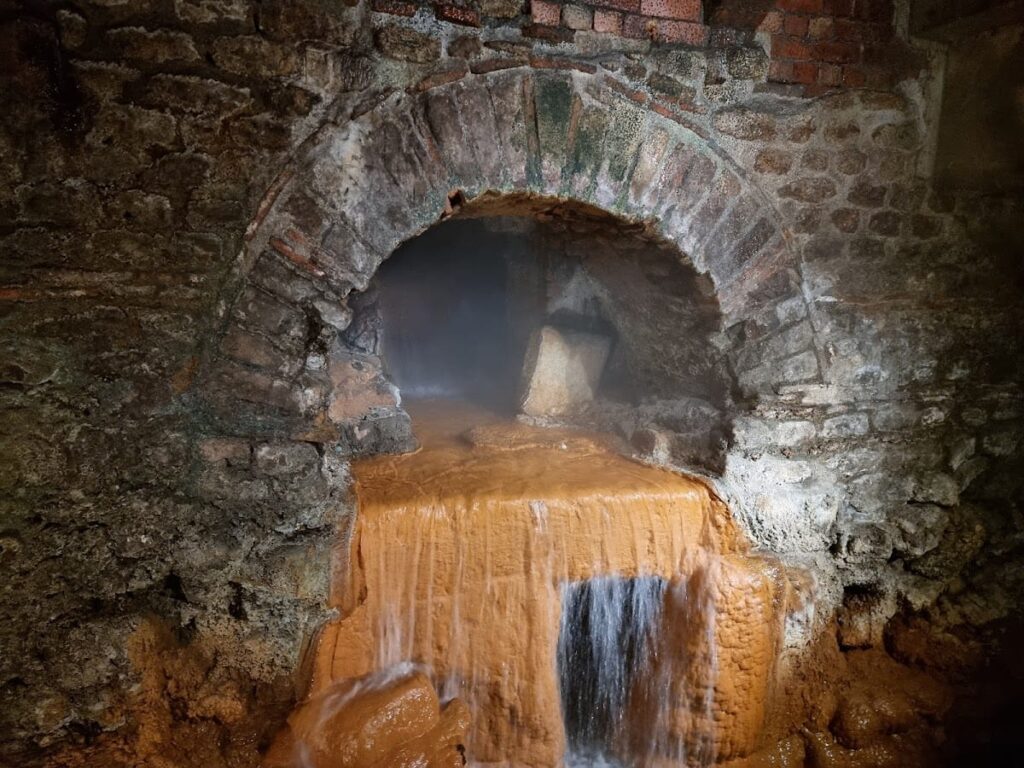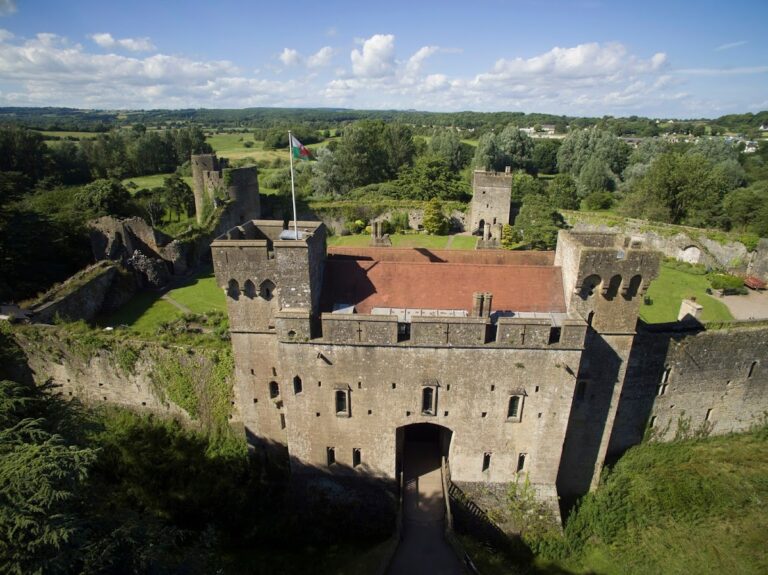Roman Baths, Bath: Ancient Healing and Social Complex in England
Visitor Information
Google Rating: 4.6
Popularity: Very High
Google Maps: View on Google Maps
Official Website: www.romanbaths.co.uk
Country: United Kingdom
Civilization: Roman
Remains: Sanitation
History
The Roman Baths are located in Abbey Churchyard, Bath, Somerset, England. They were built by the Romans during their occupation of Britain. Construction began between 60 and 70 AD, centered on a temple dedicated to the goddess Sulis, whom the Romans identified with their goddess Minerva. This marked the foundation of the settlement known as Aquae Sulis, named for its natural hot springs.
Throughout Roman rule, the baths served as a public bathing complex and a religious site. Worshippers came to honor Sulis Minerva, seeking healing and protection. Evidence of this religious activity includes around 130 curse tablets, many invoking the goddess to punish thieves, and numerous offerings such as coins and a gilt bronze head representing Sulis Minerva. The baths remained in use until the Roman withdrawal from Britain in the early 5th century.
After the Romans left, the baths fell into ruin. By the 6th century, the Anglo-Saxon Chronicle described the site as dilapidated. Over the Middle Ages, the area underwent several phases of redevelopment, though the original Roman structures were largely neglected.
In the 12th century, John of Tours constructed a curative bath on the site, reviving its use for healing waters. Later, in the 16th century, the city corporation built the Queen’s Bath, continuing the tradition of bathing at the springs. The baths attracted notable visitors, including Anne of Denmark in the early 1600s.
The management of the water supply was formalized by a Royal Charter in 1591, establishing official oversight. In the 18th and 19th centuries, the site saw significant restoration and architectural additions, including work by John Wood the Elder and Younger.
Remains
The Roman Baths complex consists of four main features: the Sacred Spring, the Roman Temple, the Roman Bath House, and a museum housing artefacts from Aquae Sulis. The layout centers on the natural hot springs, with structures built to enclose and manage the water.
The temple, constructed on a raised platform over two metres high, was accessed by steps and featured four large Corinthian columns. It supported a decorated frieze and a pediment measuring about 7.9 metres wide and 2.4 metres high. A large stone head, positioned roughly 15 metres above ground, adorned the pediment. This head combines elements of Minerva’s Gorgon with local water or sun deity imagery, including snakes in the beard, wings above the ears, and a heavy moustache.
The bathing complex included a wooden barrel-vaulted building enclosing three main pools: the caldarium (hot bath), tepidarium (lukewarm bath), and frigidarium (cold bath). These were built over oak piles driven into mud for stability. The spring chamber was lined with lead to contain the water. The hot spring water emerges at 46 degrees Celsius, flowing at about 1,170,000 litres daily from a geological fault. The water is heated by geothermal energy at depths between 2,700 and 4,300 metres.
Later additions include the Grand Pump Room, constructed between 1789 and 1799. It features a Neoclassical façade with four Corinthian columns, entablatures, and a pediment. This Grade I listed building remains in use for social functions and water drinking. The visitor entrance passes through an 1897 concert hall designed by J. M. Brydon, which extends eastward from the Pump Room and includes a glass-domed centre and curved corner.
The museum displays parts of the temple pediment, the gilt bronze head of Sulis Minerva, and numerous votive offerings. Conservation measures include ventilation systems installed in 2006 and protective coatings applied to vulnerable stone carvings, helping to preserve the site’s archaeological features.










